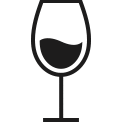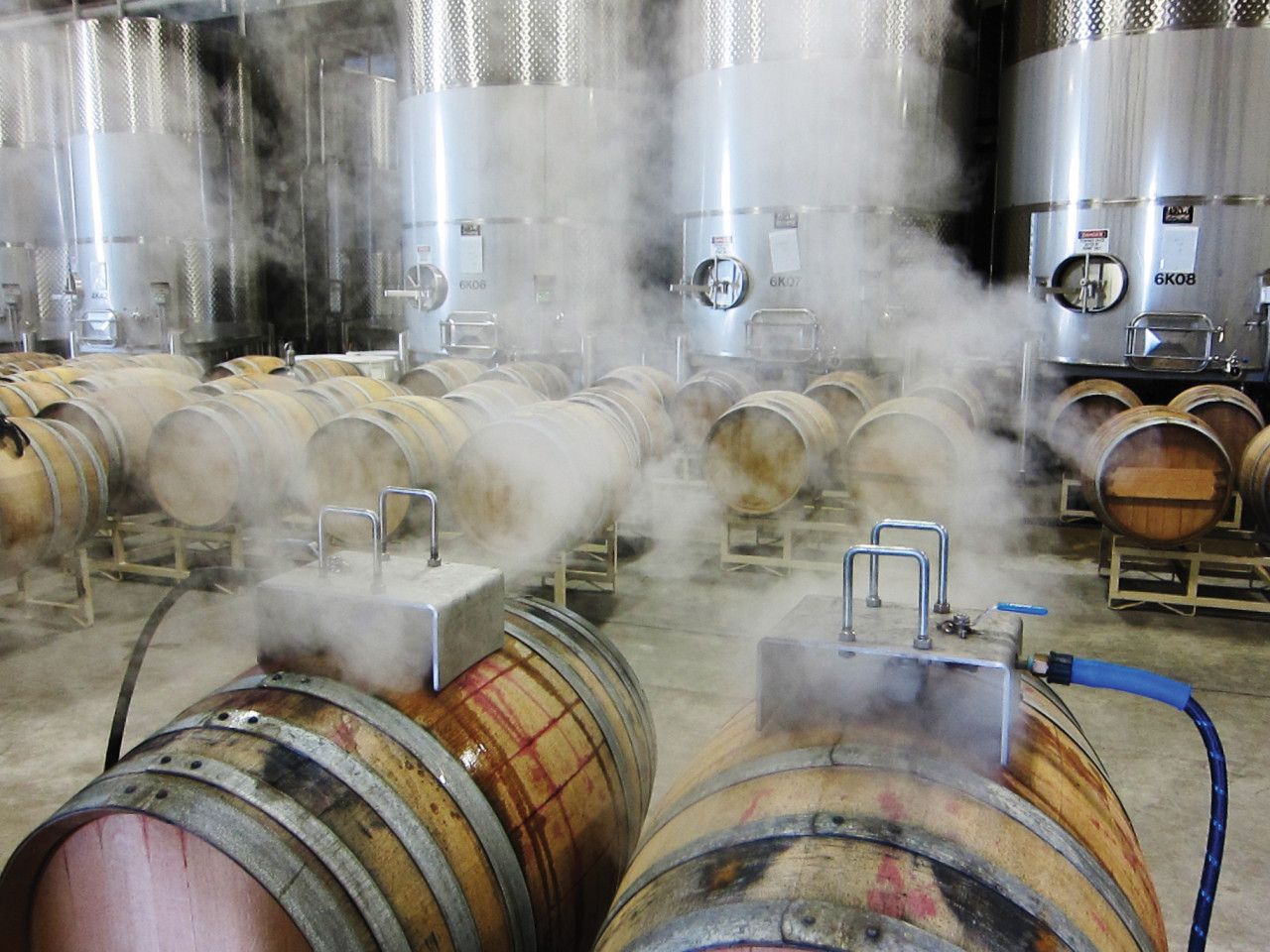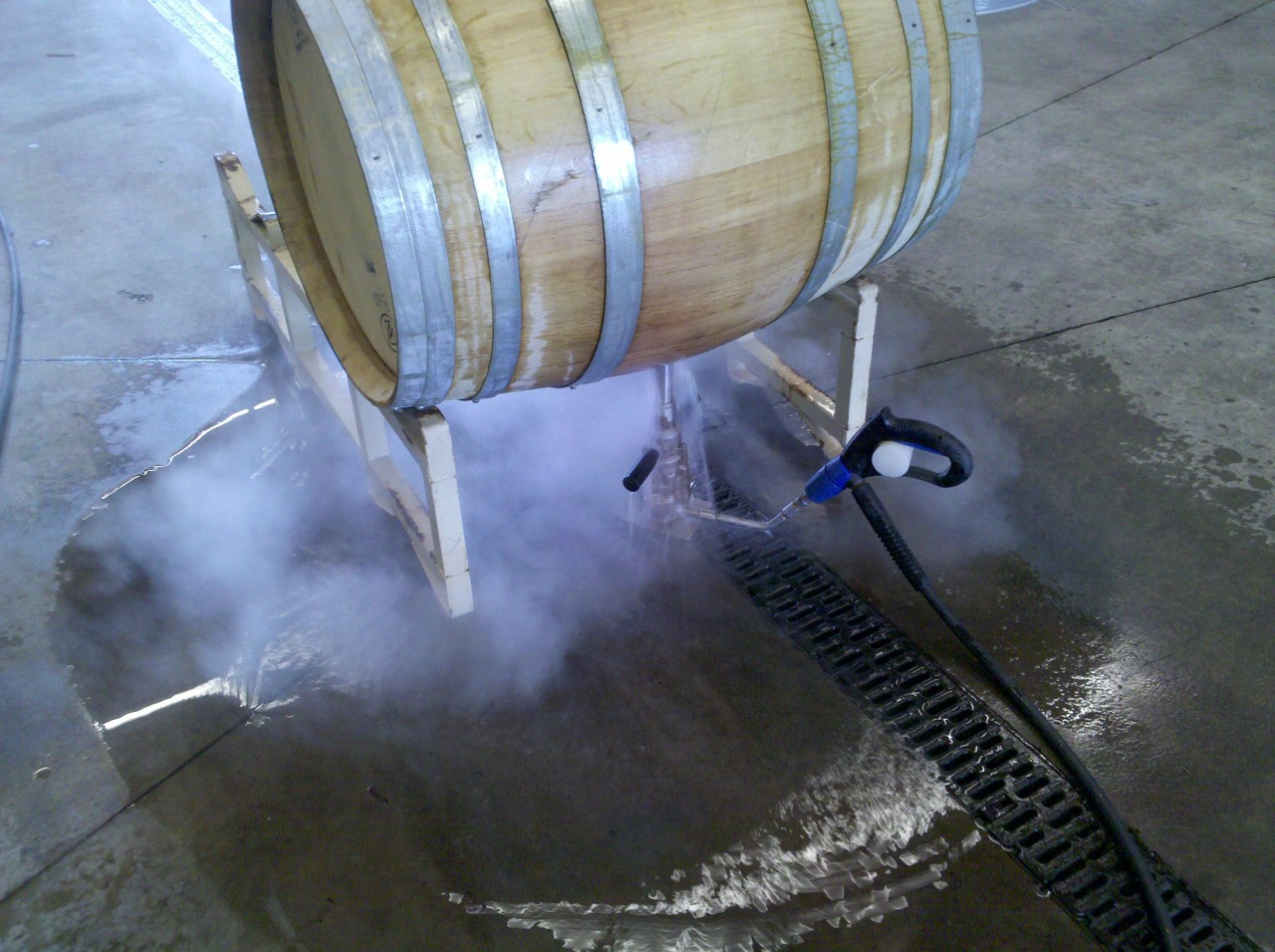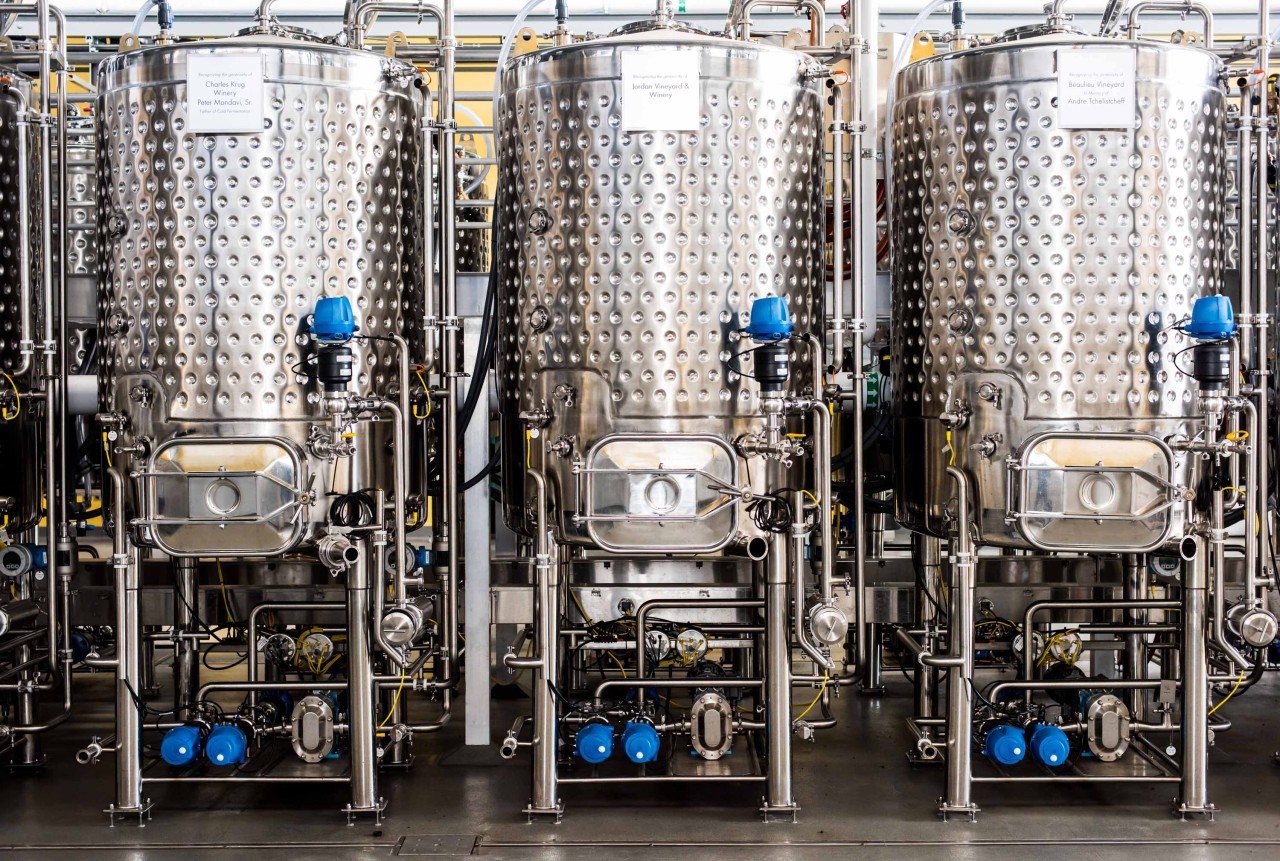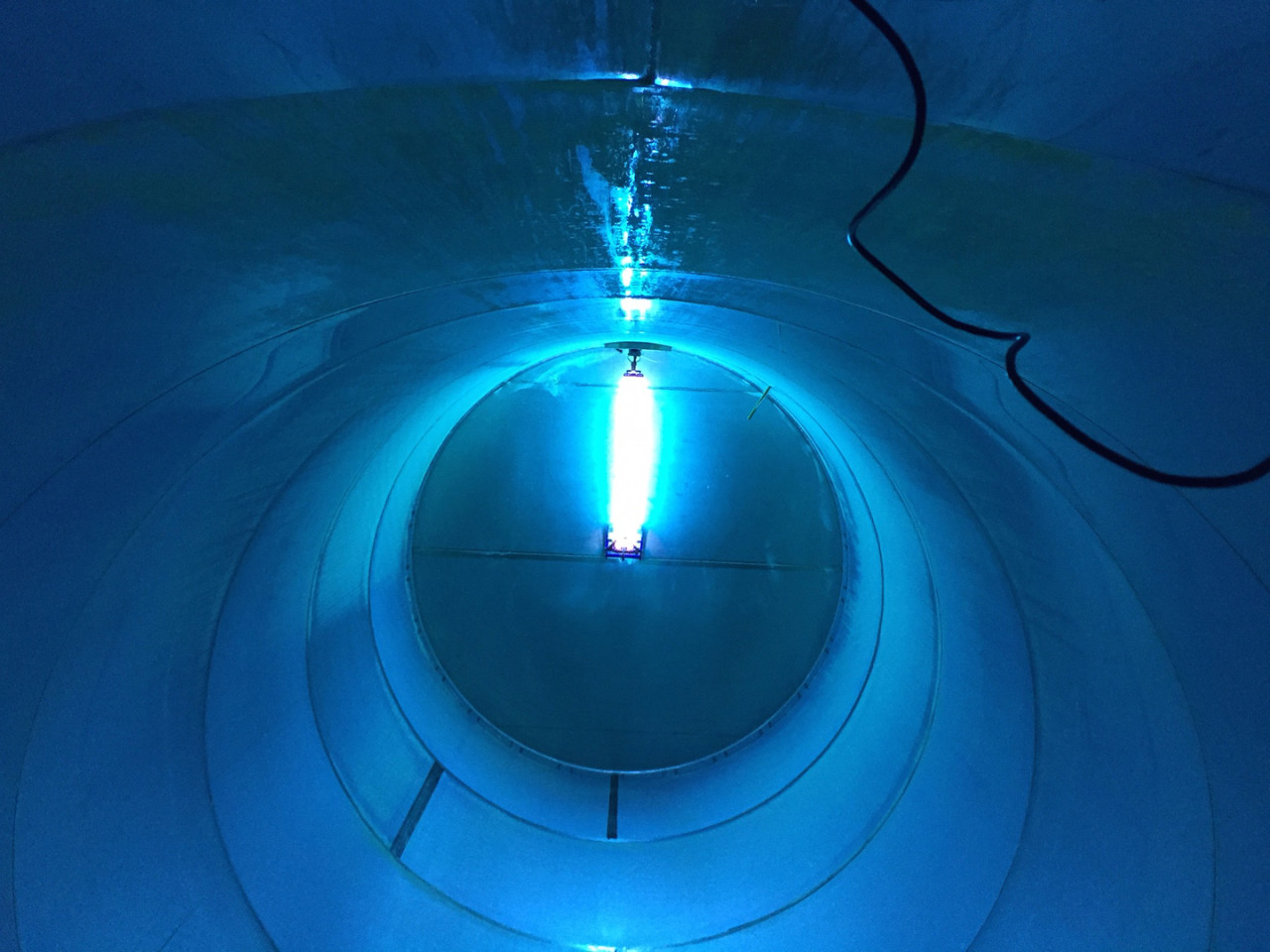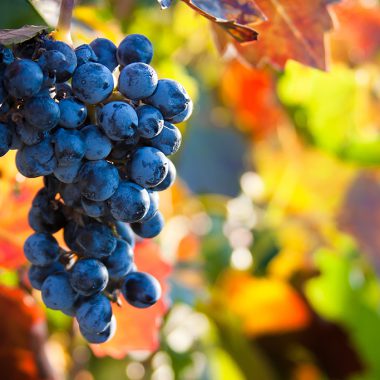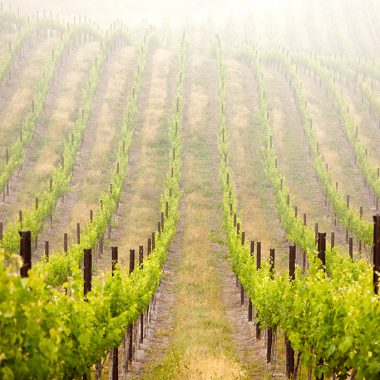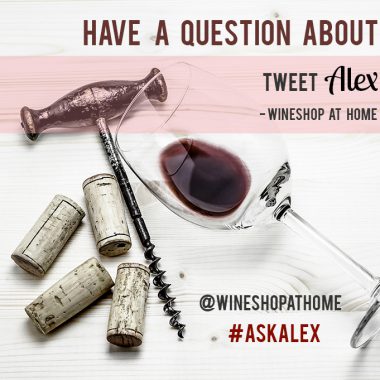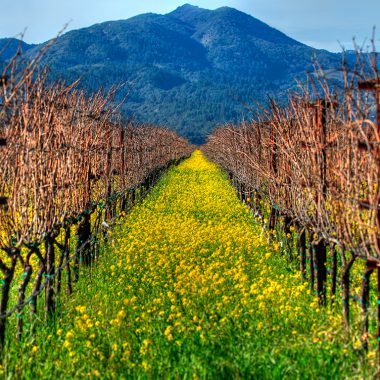How Wineries Use Water
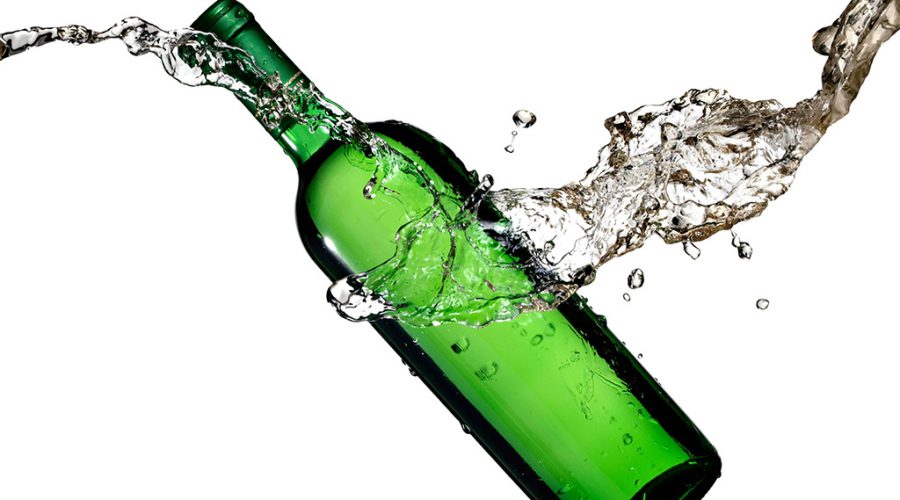
Steam Generators:
These marvels of technology have become one of our main tools during the winemaking process. The temperature of the steam generated is 180° F. Today, almost all bottling lines use this system. For us, steam makes a big difference in cleaning tanks and barrels.
At this temperature, water vapor can penetrate up to 8 mm or ¼ inch into a wood stave. Bacteria and yeast can live at these depths. The use of steam generators can save up to 75% in water usage. A regime of five to ten minutes twice a month keeps empty barrels sanitized and fresh.
Ozone Generators:
Ozone (O3) is a powerful oxidant. Molecules of H2O are exposed to UV light, allowing the separation of oxygen particles. Ozone is detectable at concentrations of as little as 10 ppb (parts per billion) in the air. The high oxidizing potential in aqueous form allows us to avoid the use of a lot of chemicals.Ozone is particularly effective preventing slimy build-up on floors, the perfect environment for bacteria growth.
Clean-In-Place:
Wineries all over the globe have been benefiting from the research done in the most sustainable winery in the world, the winemaking facility of UC Davis. This LEED building (Leadership in Energy and Environmental Design) is platinum-certified, the highest level of certification available.Their winery facility has been a magnet for industry and campus visitors interested in the site’s unique features. As Roger Boulton, UC Davis Professor of Enology and Chemical Engineering says,“We’re demonstrating how you can operate a winery, brewery, or any food-processing plant with the water that falls and the sun that shines on your roof.”
A typical winery uses four gallons of water after the grapes are harvested to produce one gallon of wine, and most of that water is used to wash equipment. Clean-in-place technology replaces hand-cleaning with an automated system that sprays tanks with diluted solutions of potassium hydroxide and potassium bisulfate. This has been in place in the dairy industry since the 1960s and the pharmaceutical industry since the 1990s.
These futuristic-looking tanks are equipped with sensors, filters and water purifiers which allow each gallon of water to be used and reused five to ten times. They do not use phosphates, nitrates or chlorine. Wineries can expect to save time, money and water when utilizing clean-in-place technology.
No Water, No Problem:
Not quite a true statement, but UV lights applied directly to winery surfaces might be the future of our industry. The BlueMorph UV system, seen below, runs on a 15HP motor and can reduce water usage by 70%,
The future of sanitation has arrived and it has a pretty violet color. So bring it on Darth Vader, Dark Mold, Darth Maul or whoever you are, because the Force is with us now and we are getting our own light sabers to defeat the Dark Side.
